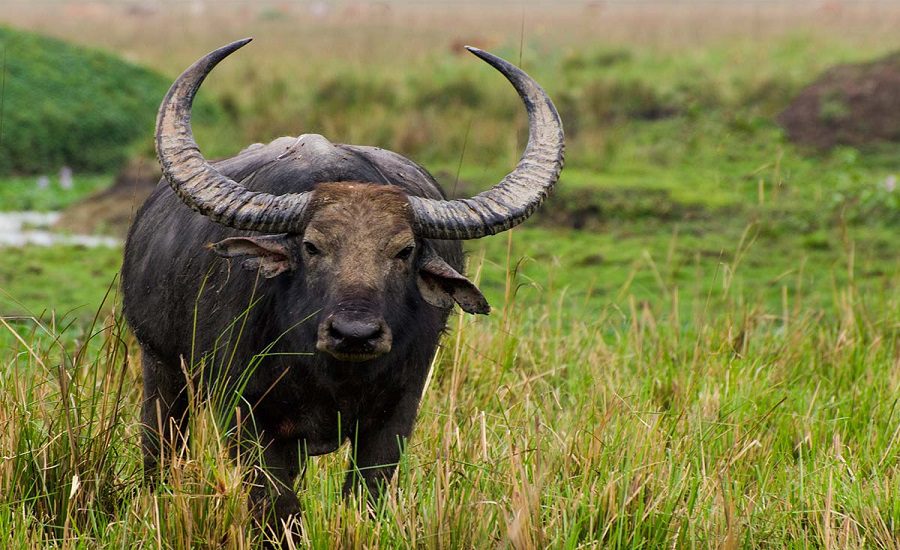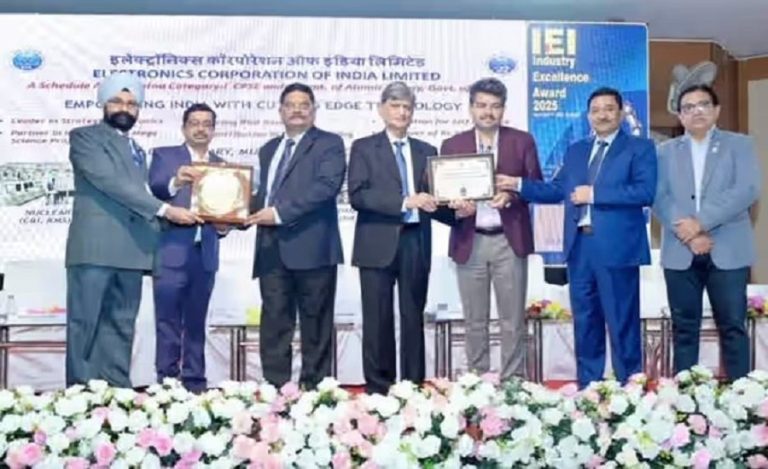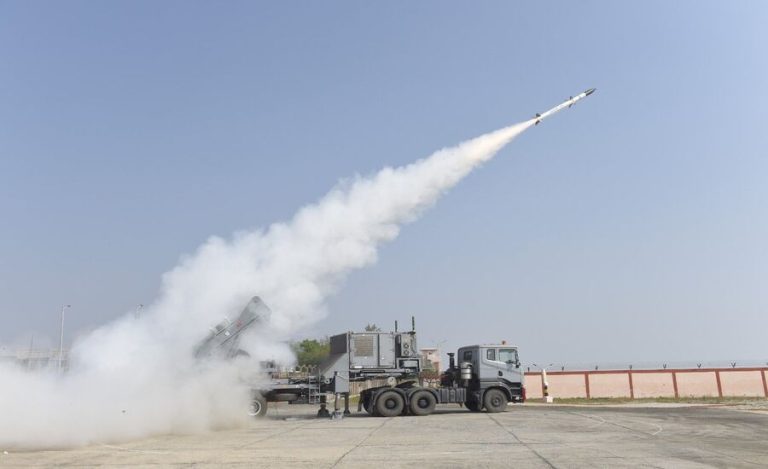Jabalpur: After more than three decades of disappearance, the iconic wild buffalo (Asiatic wild water buffalo) is set to return to the grasslands of Madhya Pradesh. The state’s forest department, in collaboration with the Wildlife Institute of India (WII), Dehradun, is preparing to reintroduce the species into Kanha National Park, one of India’s premier tiger reserves.
Project Gets Final Approval from NTCA
The National Tiger Conservation Authority (NTCA) has given final clearance to the ambitious project that aims to bring 50 wild buffaloes from Assam’s Kaziranga National Park and Manas Wildlife Sanctuary to Kanha.
The relocation will take place in five phases, with 10 buffaloes to be brought each year. The first phase is scheduled to be completed by March 2026.
A 150-hectare secure enclosure (boma) is being developed in Kanha’s Supkhar Range to house the animals and initiate the breeding process.
Read also: Gandhi Sagar Sanctuary Records 45+ Butterfly Species in First Survey, Including Rare Grass Jewel
Why Kanha Was Chosen for Reintroduction
According to a detailed WII study, Kanha’s landscape is ideal for the species’ revival due to the presence of Cynodon dactylon grass—one of the wild buffalo’s preferred food sources. The region’s vast meadows, perennial water sources, and protected ecosystem make it a natural habitat for the species to thrive again.
Experts believe the return of wild buffaloes will strengthen Kanha’s ecological balance and help revive native grassland dynamics.
Ecological Importance of the Wild Buffalo
Dr. K.P. Singh, Senior Biologist at the School of Wildlife, Veterinary University, explained that wild buffaloes play a crucial role in maintaining grassland ecosystems.
“These animals trim tall grass, allowing smaller herbivores to feed and promoting healthy vegetation cycles,” he said.
Dr. Singh added that in the 1980s, around 30–35 wild buffaloes were reported in forests adjoining Balaghat district near Kanha. However, over the years, due to habitat loss, inbreeding issues, and hunting, the population vanished. The species gradually migrated eastward into Chhattisgarh and Odisha.
Reviving a Lost Heritage
Once, herds of wild buffalo roamed freely across the grasslands of Kanha Tiger Reserve, but hunting pressure and ecological imbalance led to their local extinction by the late 1990s.
The new initiative is not just a conservation measure but also an ecological restoration effort that could once again make Kanha the “Wild Buffalo Capital of Central India.”
The Assam-origin buffaloes are expected to adapt well to Kanha’s climatic and forest conditions, which closely resemble their native habitats in the northeast.
A Boost to Biodiversity and Ecotourism
Forest officials say the return of the species will enrich biodiversity and boost wildlife tourism by adding a rare and charismatic species to Kanha’s thriving ecosystem. Visitors may soon get to witness herds of these massive animals grazing in the same grasslands that once echoed with their presence decades ago.
The project is being closely monitored by experts from the NTCA and WII, and discussions are ongoing to finalize the logistics of translocation.
Five-Phase Translocation Plan
Under the plan, 10 wild buffaloes will be brought from Assam each year over the next five years. The Supkhar and Halon Valley areas within Kanha have been identified as the most suitable zones for their release and breeding.
Once established, the herd will be gradually allowed to expand into surrounding grasslands under continuous observation by forest and wildlife experts.
A Step Toward Restoring Ecological Balance
Officials emphasize that every missing species affects the food chain and the broader ecosystem. Bringing wild buffaloes back will restore an essential ecological function and help strengthen Kanha’s position as a model for wildlife rewilding and biodiversity conservation in India.
This pioneering initiative not only revives a lost chapter in Kanha’s natural history but also serves as a national example of proactive conservation and species restoration.



























